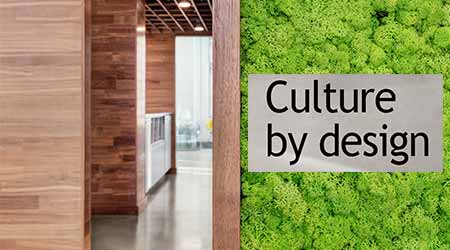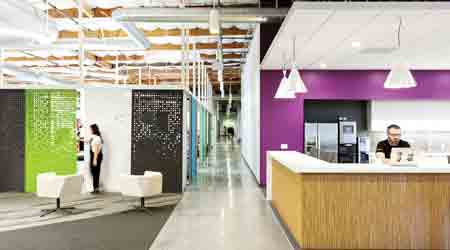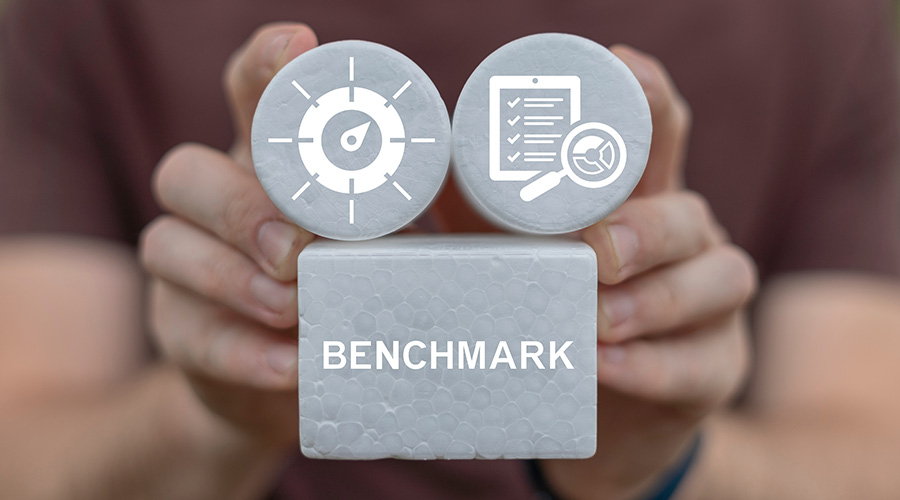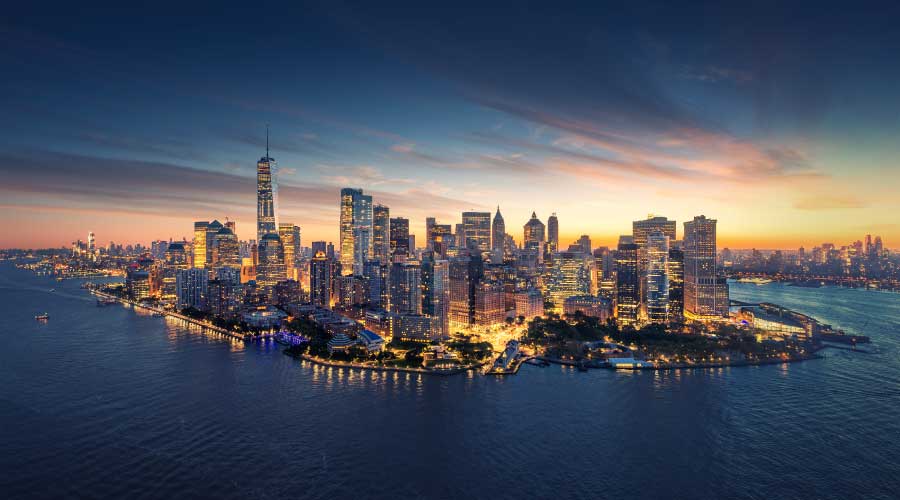 Darris Lee Harris
Darris Lee HarrisPeople, Purpose, Principles: How Workplace Design Responds To Corporate Culture
Really digging in and understanding a company's culture will provide insight into how space can function to best meet its occupants needs.
Designing to a culture is more than gut feeling — although that will always play a role. In building design, science and art always go hand in hand. But to be truly effective, the design team must be steeped in the company’s DNA in a way that won’t happen with a walk-through or a few casual conversations. It is useful to create a process for generating insights about a company’s culture that will help keep the whole team focused on a direction. One way to do that is to look at “The Six P’s”:
• Purpose: What is the company’s reason for being? It starts with a vision or mission statement.
• Principles: What are the key values the company lives by every day? These define the core of company culture.
• Practices: What steps does the company take to bring those values into play consistently? Values have little importance unless they are embodied in a company’s practices.
• People: What do they need? How can design be informed by them? No company can build a coherent culture without people who either share its core values or possess the willingness and ability to embrace those values.
• Plot: What is the company’s story? Any organization has a unique history — a unique story with a plot. And the ability to unearth that history and craft it into a narrative is a core element of culture creation.
• Place: What do the employees and the company need in order to achieve their purpose in a way that brings their values and culture to life in a physical space? Place shapes the organization’s culture.
A company’s culture can reflect a strong sense of support for employee well-being and engagement with nature. A workplace that fits a company’s culture allows employees to be more naturally engaged. That stimulates growth and innovation. The design, furnishings, and finishes of a workplace can bring these qualities to life organically.

(Workplace designs often provide a range of areas to serve different needs. Photo credit: Cortez Media Group, Inc., Gregory Cortez)
A space can be beautifully designed, but unless it’s infused with the company’s culture and personality, it’s just another pretty room. The culture is what makes it unique and memorable.
The insights generated at one Fortune 500 company led to a focus on natural connections in their space. Views of a beautiful lake on their property were maximized, and their interior spaces were organized around the concept of a river running through the workplace. The lake provided inspiration from how entire civilizations have thrived alongside rivers throughout history, and an organic circulation path winds through a geometric office layout, echoing how grid and linear forms of cities have sprouted up along rivers.
This river theme was highlighted with graphics and materials that played off the life-giving qualities of water. The design was highly successful because the concept was consistent throughout and, most of all, it resonated with the culture the company was building.
Digging deep
It’s important to think carefully yet boldly about decisions on workplace design. In particular, include the thoughts of employees. There’s real value in digging deep in the ideation process, and that includes the people who will work in the space being created.
These discussions can surface ideas and concerns that might not come up otherwise. Few employees will take the initiative to go to the boss with their ideas on office design. But many will have valuable insights that can be revealed through a careful, inclusive planning process.
Management often can gain information in this process that will inform them about managing the company in areas beyond the design of the workspace. As they implement the design, they often discover that their business can be improved by solving for other things, as well.
The value of an appealing, efficient workplace that reinforces company culture is greater than ever. In the competition to hire and — just as important — retain the best employees, the working environment is often a crucial factor. Designing for “we” makes concrete the often ephemeral ideas of values and culture. It’s a fact of life in the 21st century that forward-looking companies can ill afford to ignore.
John Chapman (jchapman@hga.com), AIA, is a principal in the Milwaukee office of HGA Architects and Engineers. Susan Foong (SFoong@hga.com), LEED AP ID+C, CCIDC, is a senior interior designer in the firm’s San Jose office.
Related Topics:















